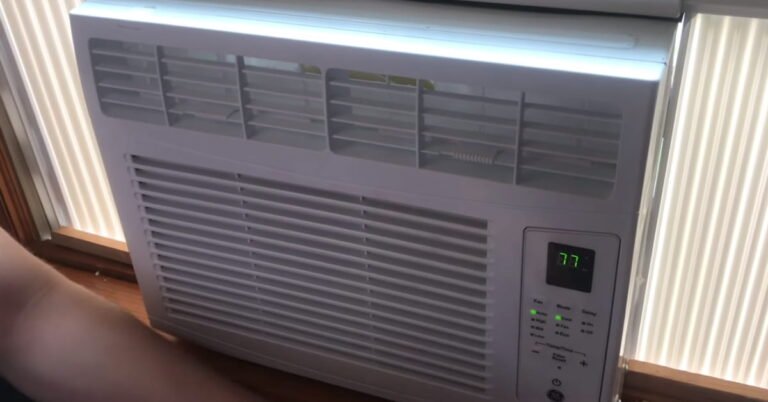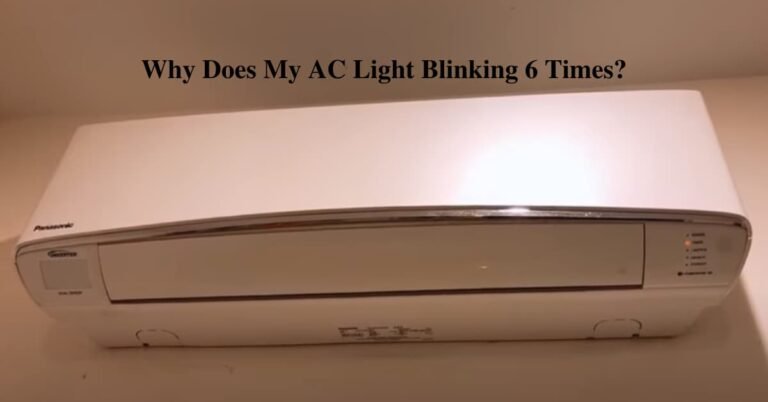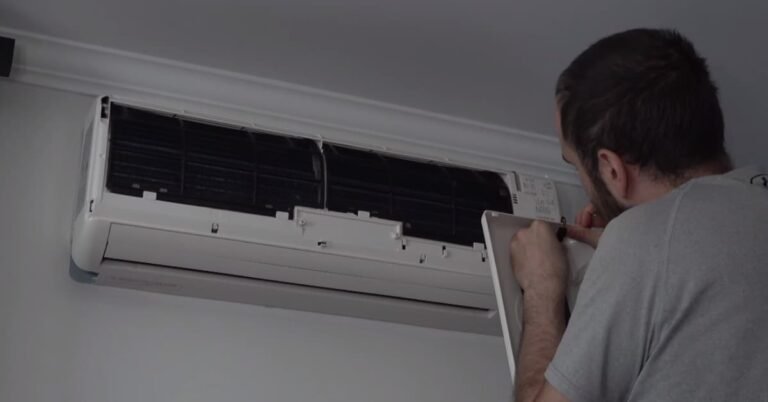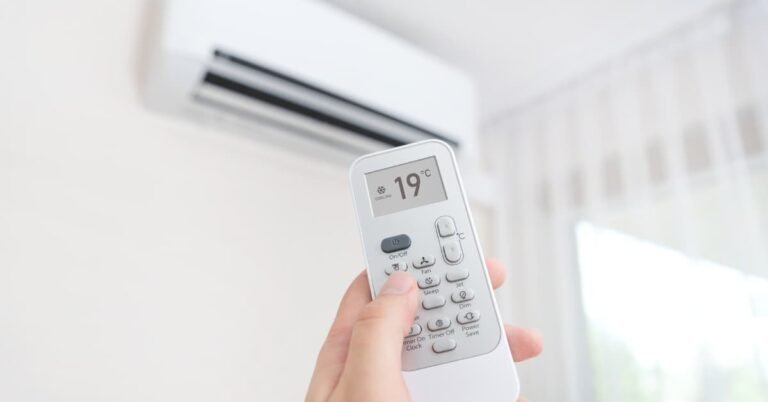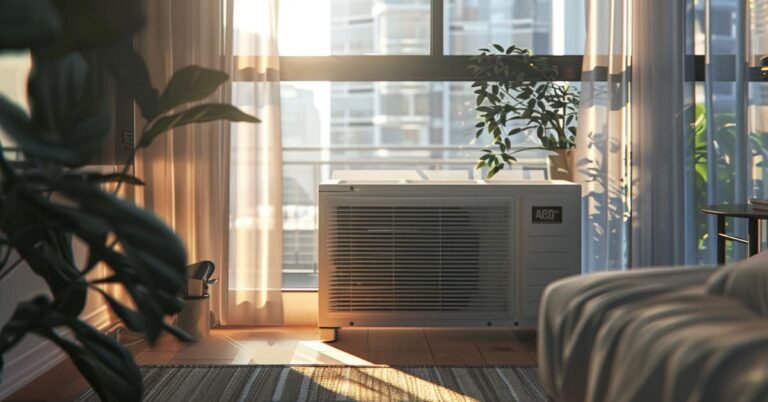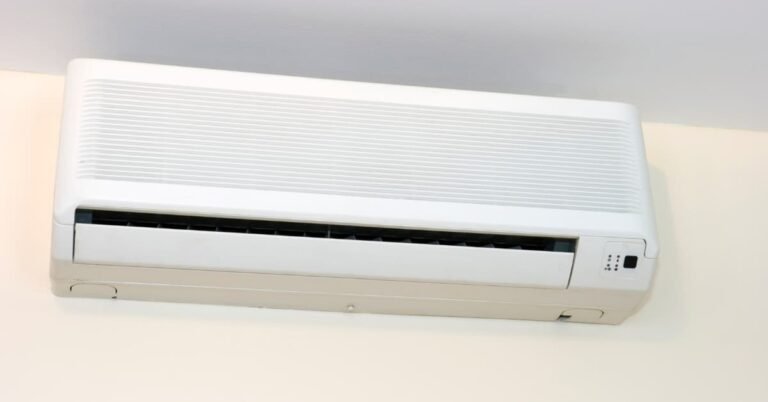Why Is My Air Conditioner Fan Not Working? 7 Solution
When your air conditioner fan is not working, it can be a cause for concern. A faulty fan can lead to insufficient cooling, discomfort, and worsen existing AC system problems.
We will discuss the possible causes of the air conditioner fan malfunction. By identifying these causes, you can take appropriate steps to address the problem.
A faulty fan can disrupt cooling and make your space uncomfortable. So, promptly diagnose and resolve the issue.
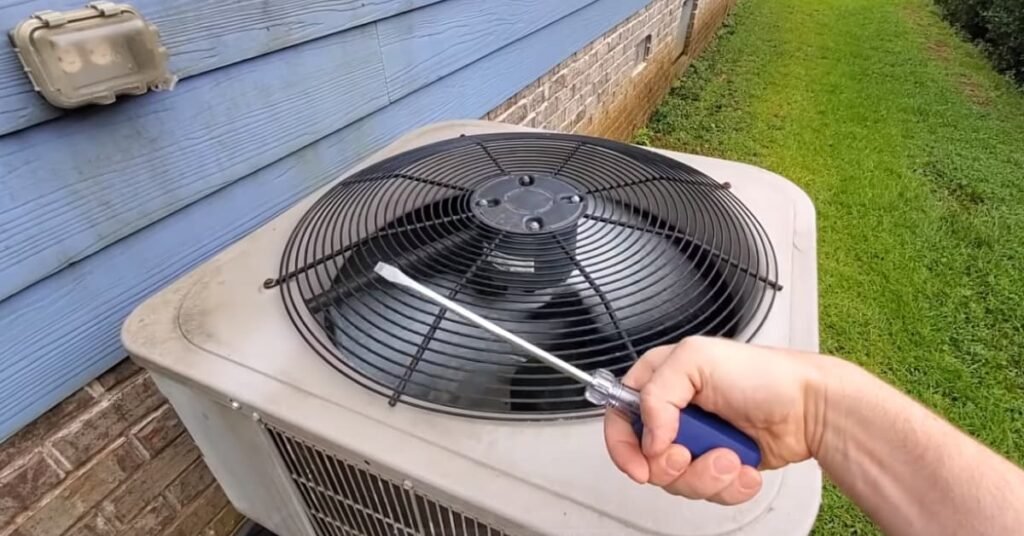
Reasons For Air Conditioner Fan Not Working
There can be various reasons why your air conditioner fan is not working. Some common causes include:
- Power Supply Issues
- Faulty Capacitor
- Motor Problems
- Defective Thermostat
- Wiring Issues
- Fan Blade Damage
- Control Board Malfunction
Let’s dive into the details and find out how to fix each problem effectively.
1. Power Supply Issues
If your air conditioner fan is not working, power supply issues might be the culprit. To resolve this problem, it’s crucial to understand the importance of a stable power source.
Step by step guide to fix
1. Check the power source: Ensure that the air conditioner is securely plugged into a functioning power outlet.
2. Inspect circuit breakers: Examine the circuit breakers in your electrical panel and reset any tripped breakers related to the AC unit.
3. Replace blown fuses: If your air conditioner is equipped with fuses, check for any blown fuses and replace them as needed.
4. Test the outlet: Use a voltage tester to determine if the power outlet is delivering the correct voltage. If not, consult a professional electrician to resolve the issue.
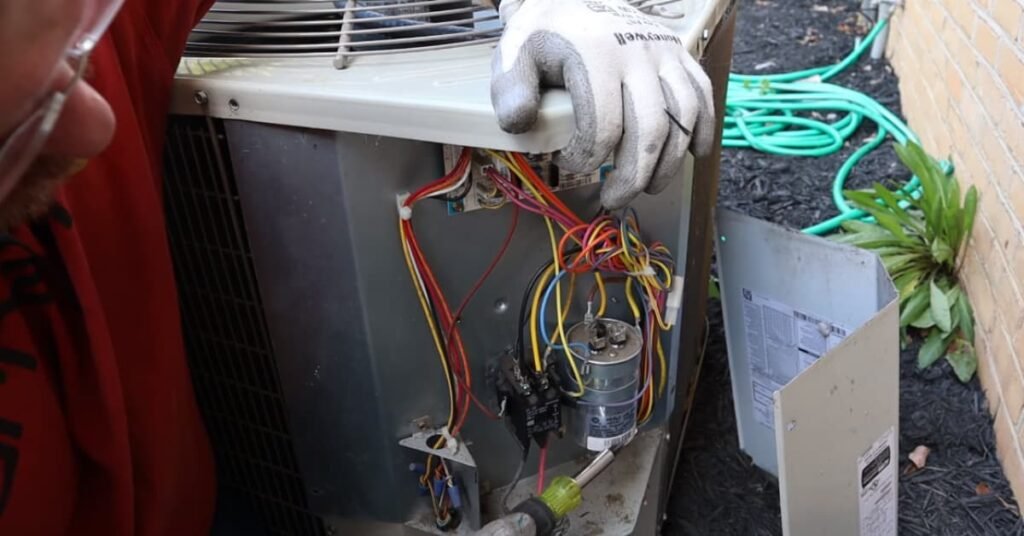
2. Faulty Capacitor
A faulty capacitor can cause the air conditioner fan to stop working. To address this issue, it’s crucial to comprehend the role of capacitors and their potential defects.
Step by step guide to fix
1. Safety precautions: Before inspecting or working on any electrical components, turn off the air conditioner and ensure the power supply is disconnected.
2. Locate the capacitor: The capacitor is typically located near the fan motor. It has cylindrical or oval-shaped metal components.
3. Test the capacitor: Use a multimeter set to measure capacitance to check if the capacitor is functioning correctly. A significantly lower reading indicates a faulty capacitor.
4. Replace the capacitor: If the capacitor is defective, disconnect it from the wires and replace it with an identical capacitor of the same voltage and capacitance rating.
5. Reassemble and test: Reconnect the new capacitor correctly, reassemble any components you removed, and test the air conditioner to verify that the fan is now functioning properly.
3. Motor Problems
Motor problems can lead to the air conditioner fan not working. Understanding motor issues is crucial for effectively resolving this problem.
Step by step guide to fix
1. Safety precautions: Before inspecting or working on any electrical components, turn off the air conditioner and ensure the power supply is disconnected.
2. Locate the fan motor: Identify the location of the fan motor, typically located within the air handler or outside unit.
3. Inspect the motor: Check for any visible signs of damage, such as loose or burned wires or a frozen motor shaft.
4. Lubricate the motor: If the motor is not turning smoothly, use a non-detergent electric motor oil to lubricate the bearings according to the manufacturer’s recommendations.
5. Consult professional help: If the motor appears to be damaged or if the issue persists, it is advisable to contact a professional technician for further inspection and repair.
4. Defective Thermostat
A defective thermostat can result in the air conditioner fan not working. Knowing the possible problems with thermostats is crucial for effectively addressing this issue.
Step by step guide to fix
1. Verify thermostat settings: Check the thermostat to ensure it is set to the cooling mode and the desired temperature.
2. Replace batteries: If your thermostat is battery-powered, replace the batteries with fresh ones, ensuring they are inserted correctly.
3. Calibrate the thermostat: Some thermostats can be calibrated to ensure accurate temperature readings. Consult the thermostat’s manual for instructions on calibration.
4. Reset or replace the thermostat: If the thermostat is unresponsive or seems to be malfunctioning, try resetting it by turning off the power for a few minutes. If the issue persists, consider replacing the thermostat.
5. Wiring Issues
Wiring issues can lead to the air conditioner fan not working. Understanding the significance of proper wiring connections is crucial for resolving this issue effectively.
Step by step guide to fix
1. Safety precautions: Before inspecting or working on any electrical components, turn off the air conditioner and ensure the power supply is disconnected.
2. Inspect wiring connections: Check the wiring connections associated with the fan motor, thermostat, and control board. Look for loose or damaged wires and ensure all connections are secure.
3. Repair or replace damaged wiring: If any wires are frayed, melted, or otherwise damaged, repair or replace them following proper electrical procedures and guidelines.
4. Seek professional help: If you are unfamiliar with electrical work or if the issue persists, it is advisable to seek assistance from a qualified HVAC technician or electrician.
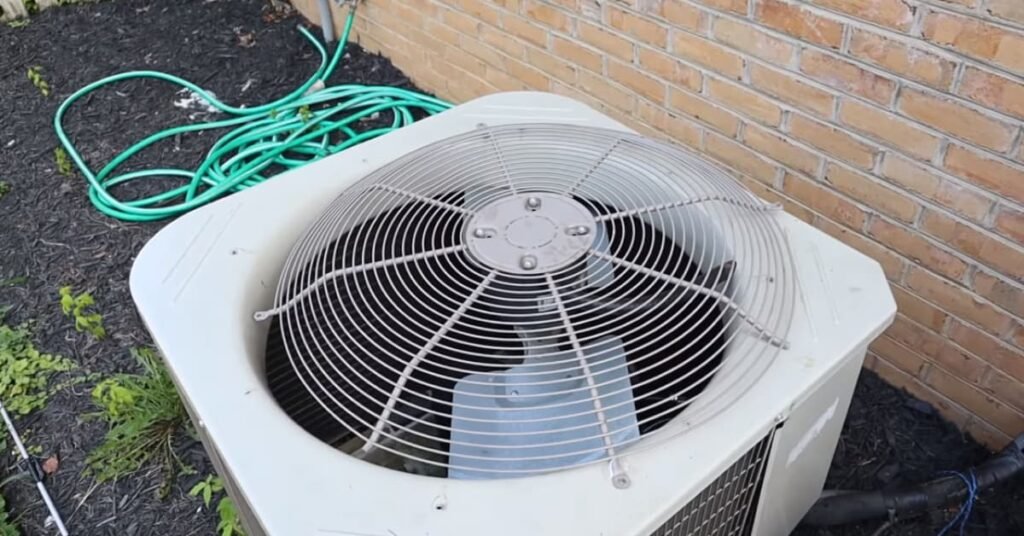
6. Fan Blade Damage
Damaged fan blades can cause the air conditioner fan to malfunction. Understanding the potential issues with fan blades is vital for addressing this problem effectively.
Step by step guide to fix
1. Safety precautions: Before inspecting or working on any components, turn off the air conditioner and ensure the power supply is disconnected.
2. Locate the fan blades: Identify the fan blades, typically located within the outdoor unit or air handler unit.
3. Inspect for damage: Carefully examine the fan blades for any visible signs of damage, such as cracks, chips, or misalignment.
4. Repair or replace damaged fan blades: For minor damage, such as small cracks, you can apply epoxy adhesive to seal them. If the damage is severe or the fan blades are misaligned, consider replacing them with identical blades.
5. Reassemble and test: Once the fan blades are repaired or replaced, reassemble any components you removed, restore the power supply, and test the air conditioner fan to ensure it is working properly.
7. Control Board Malfunction
A malfunctioning control board can disrupt the operation of the air conditioner fan. To effectively address this problem, it’s crucial to understand the control board’s role and potential issues.
Step by step guide to fix
1. Safety precautions: Before inspecting or working on any electrical components, turn off the air conditioner and ensure the power supply is disconnected.
2. Locate the control board: Identify the control board, typically found within the air handler unit or on the outdoor unit.
3. Inspect for visible signs of damage: Check the control board for any visible signs of damage, such as burnt marks, loose connections, or bulging capacitors.
4. Test the control board: Use a multimeter to test the voltage and continuity of the control board components. If any readings are abnormal or inconsistent, the control board may need to be replaced.
5. Replace the control board: If the control board is determined to be defective, disconnect it from the wires and replace it with an identical control board. Follow the manufacturer’s instructions and ensure proper wiring connections.
6. Reassemble and test: Once the new control board is installed, reassemble any components you removed, restore the power supply, and test the air conditioner fan to ensure it is working properly.
Should I turn off my AC if the fan isn’t spinning?
Yes, turn off your AC immediately if the fan is not spinning. Continuing to run it can cause further damage.
A non-spinning fan is a clear indication of a problem that could range from a minor electrical issue to a potential motor failure.
The moment you notice the fan isn’t spinning, it’s critical to switch off the unit to prevent overheating and protect the system from additional strain.
Why Is My Ac Unit Humming But Not Spinning?
Discovering your AC unit humming without the fan spinning is often a sign of a malfunctioning capacitor or fan motor. It’s crucial to shut off the AC to prevent further damage and potential electrical hazards.
The humming indicates that while the unit is receiving power, it’s unable to initiate the fan’s motion. This could be due to various factors ranging from simple obstructions to more complex electrical issues. By powering off the system, you reduce the risk of overheating components, potentially saving on costly repairs or the need for a full system replacement.
Contacting a qualified technician promptly can diagnose AC problems, ensuring unit longevity and a comfortable home environment.
Conclusion
When your air conditioner fan is not working, it can be uncomfortable. By following the steps outlined in this guide, you can troubleshoot and solve the problem, ensuring your air conditioner fan works efficiently once again.
If you suspect a refrigerant leak, it’s crucial to seek HVAC professional help to repair and recharge the system.
Regular maintenance and cleaning are essential to keep the fan functioning properly. Remember, a well-functioning air conditioner fan is key to maintaining a cool and comfortable environment in your home.

